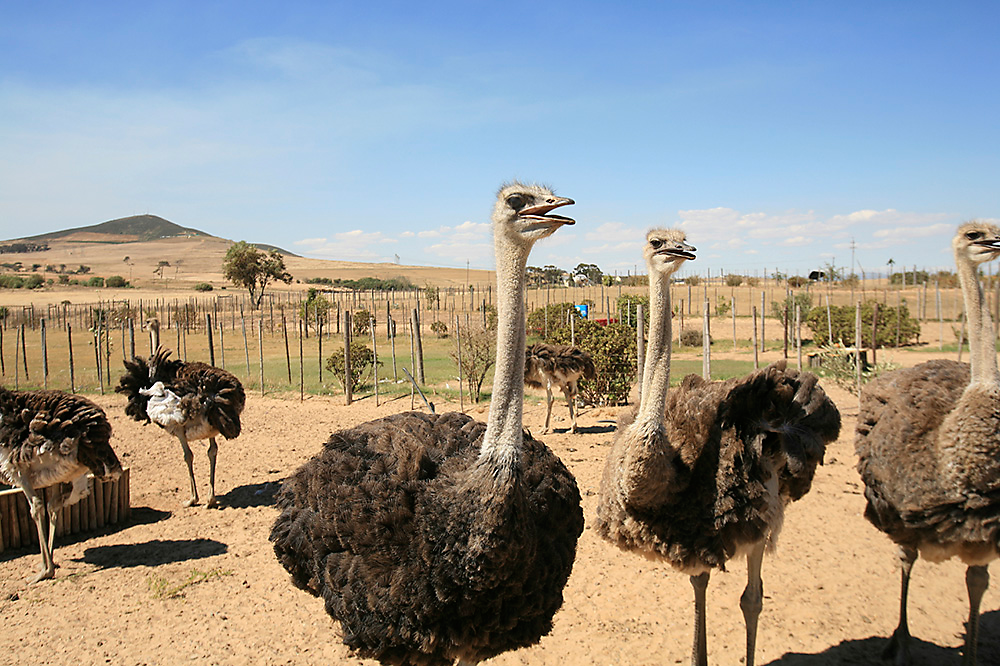Electric Fence for Emus and Ostriches

Ratite Fencing Factors
Ostriches and emus, also known as ratites, can be challenging to contain. However, an electric fence provides an affordable, easy to install, low maintenance option that will safely contain ratites while keeping out predators. Never use barbed wire fencing, as it can cause injury to the birds.
Ratites have a tendency to reach over, under or through any type of fence to eat grass on the other side. Plus, ostriches can grow to more than 8 feet tall and emus to over 6 feet tall. While these birds don’t fly, they do jump. This means the wire spacing needs to be close together and at least 6 feet high.
If using electric fencing with ratites, you need to consider that feathers are not good conductors of electricity. Therefore a low impedance fence charger must be used. Two-legged animals like ratites have less contact with the ground than four-legged animals, making a properly installed grounding system essential.
A 6-foot electric high-tensile fence used around the perimeter will both contain the birds as well as keep out predators. Use a minimum of 15 wires starting 4 inches from the ground, and 4 inches apart for the first 4 feet of height and 8 inches apart for the top 2 feet. The “hot” wires should be on the outside of the fence to keep the predators out, while also containing adult birds.
Zareba® recommends the following wire configuration for ratites:
- 6-ft fence
- Bottom 12 wires - 4 inches apart
- Top 3 wires - 8 inches apart
EXISTING OR SHORTER FENCES
A closely spaced woven wire fence (2-inch by 4-inch) at least 5 feet high will contain the birds. An electrified wire installed on the top inside of this type of fence will prevent ostriches and emus from jumping over. Electrified wires placed on the outside bottom will keep predators from digging under the fence.
Note: We do not recommend using electric fencing to contain chicks. Use either chain link or closely spaced woven wire.
